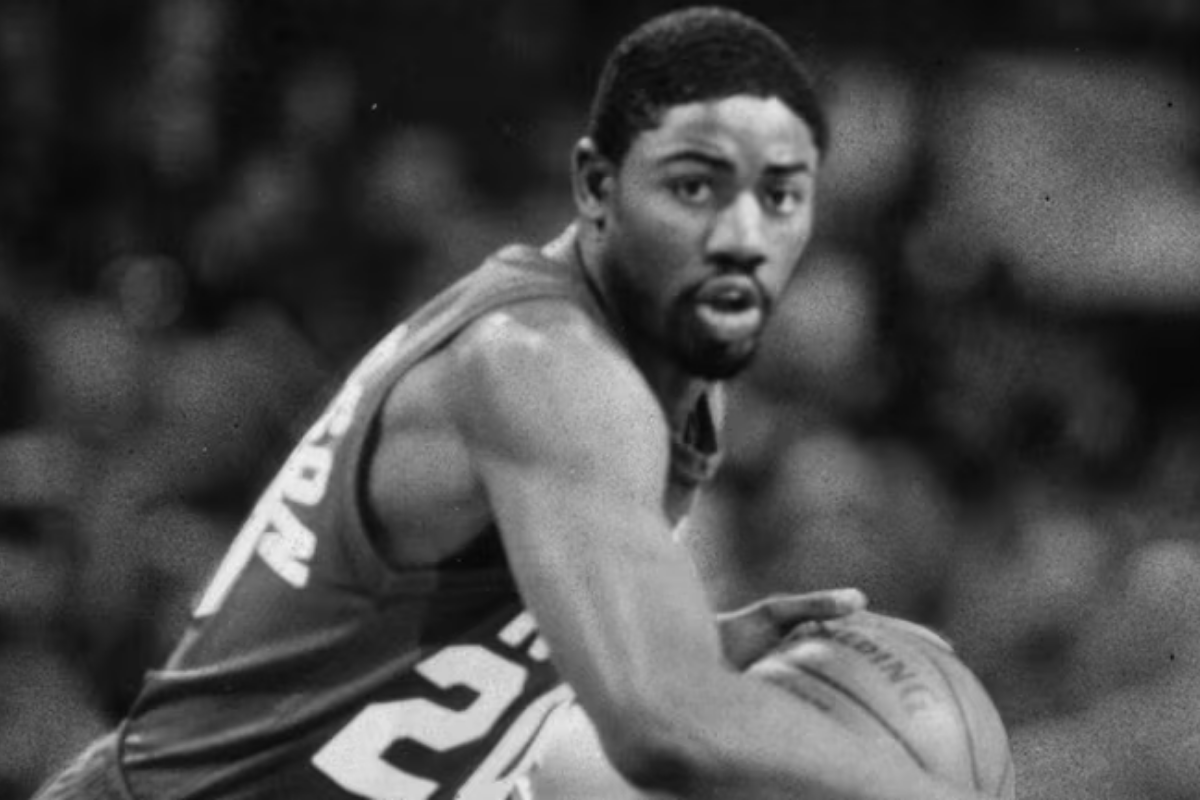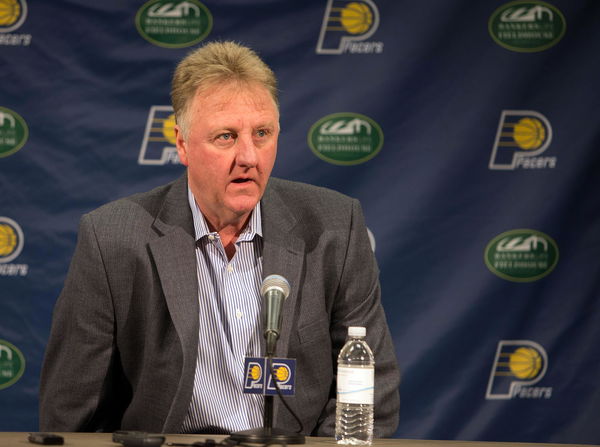
Imago
Source: Unverified

Imago
Source: Unverified
If you ever flipped on an NBA game in the early ’80s, you noticed him before the broadcaster even said his name. Micheal “Sugar” Ray Richardson, yes, spelled Micheal, though many outlets still write Michael was the slick 6’5″ guard who played like the game lived inside his bloodstream. He led the league in steals three times, assists once, made four All-Star teams, and had Manhattan eating out of the palm of his hand.
Watch What’s Trending Now!
But Sugar’s story isn’t just about dazzling crossovers or no-look passes. His prime collided directly with the NBA’s cocaine problem and the league’s then-new zero-tolerance drug policy. He went from Madison Square Garden hero to the first active player ever banned for life. Then, in one of those plot twists real life saves for people who refuse to be flattened, he rebuilt his basketball life overseas and later returned home as a championship coach and mentor.
Recently, the basketball world lost him, and the tributes make something clear: Sugar Ray Richardson was never just a headline. He was a whole era.
ADVERTISEMENT
Who Is Michael Ray Richardson’s Wife and Family?
In his later years, Richardson lived a quieter, grounded life in Lawton, Oklahoma, with his wife, Kimberly Richardson. She was present at their home when he passed, according to multiple reports from the Associated Press. The two were known locally not just as former pro and wife but as partners in real community involvement.
Richardson was survived by several children, including his son Amir (Michael Amir) Richardson, who is now a professional soccer player, signed with ACF Fiorentina, and represents Morocco internationally. It’s one of those poetic full-circle things, as a father whose life was shaped by both greatness and consequences, and a son carving out his own global athletic journey.
ADVERTISEMENT
Richardson and Kimberly were also known for supporting youth programs in Lawton, mentoring young Black men, and even owning a local beauty salon. The guy who once owned Madison Square Garden highlight reels ended his life doing something equally impressive: showing up for people in real life.
ADVERTISEMENT
What Happened to Michael Ray Richardson? Cause of Death Explained
Richardson passed away on November 11, 2025, at age 70, in the same Lawton home he shared with Kimberly. His death was due to prostate cancer, confirmed to the Associated Press by his longtime friend and attorney, John Zelbst.
We’re saddened to hear of the passing of former Nets All-Star, Michael Ray Richardson. The Nets family sends their deepest condolences to the Richardson family today. pic.twitter.com/XLUSss2yjR
— Brooklyn Nets (@BrooklynNets) November 11, 2025
The news was first reported by Andscape before being picked up by major outlets. Fans, former teammates, overseas clubs, and players he coached shared tributes, many saying the same thing in different ways:
ADVERTISEMENT
He was flawed. He was brilliant. He survived things that break most people. And he gave back.
A Look Back at Michael Ray Richardson’s NBA Career
Richardson was born on April 11, 1955, in Lubbock, Texas, raised in tough circumstances, and sharpened his game at the University of Montana. There, he became a three-time All-Big Sky selection and the kind of player scouts described as “natural rhythm.”
ADVERTISEMENT
The New York Knicks drafted him No. 4 overall in 1978, two picks ahead of Larry Bird. The New York media, famously subtle and patient, of course, immediately started calling him the next Walt Frazier. And here’s the thing: for stretches, he was.

USA Today via Reuters
May 16, 2016; Indianapolis, IN, USA; Indiana Pacers president of basketball operations Larry Bird speak to the press during a press conference at Bankers Life Fieldhouse. Mandatory Credit: Trevor Ruszkowski-USA TODAY Sports
In the 1979–80 season, he led the entire NBA in both assists (10.1) and steals (3.2), a statistical feat very few guards in history have matched.
After time with the Knicks and Warriors, Richardson landed with the New Jersey Nets, where he delivered his most iconic moment, steering the Nets past the defending champion Philadelphia 76ers in the 1984 playoffs. That win was the franchise’s first playoff series victory since joining the NBA.
In 1984–85, he posted: 20.1 points, 8.2 assists, 5.6 rebounds, 3.0 steals per game…on his way to winning NBA Comeback Player of the Year.
Sugar wasn’t just talented. He was magnetic.
Why Was Michael Ray Richardson Banned from the NBA?
This is the part that’s been retold a million different ways, some accurate, some sensationalized. So here’s the clean, factual version: The NBA adopted a new anti-drug policy on January 1, 1984. Richardson tested positive for cocaine multiple times. On February 25, 1986, Commissioner David Stern issued a lifetime ban, making Richardson the first active NBA player to receive one.
The league wasn’t just punishing individuals; it was trying to prove it could police itself. Sugar, already fighting addiction, became a symbol. But here’s what people sometimes forget: In 1988, after demonstrating recovery and compliance, the NBA reinstated him.
Instead, he went to Europe, where he played for years, became a fan favorite, won titles, and later transitioned into coaching roles, including championship runs with the Oklahoma/Lawton-Fort Sill Cavalry and London Lightning.
He didn’t return to the NBA. But he didn’t disappear. He kept living.
What Was Michael Ray Richardson’s Net Worth at the Time of His Death?
There is no verified, credible public net worth number, and you will see a lot of recycled guesses online.
Here’s what we can accurately say: In the early 80s, he earned top-guard NBA salaries, including deals pushing over $300,000 annually (strong money at the time). By the mid-80s, his Nets contract was reported to be around $3 million across several years, still significant relative to the era. He then earned for decades as a star import in Italy and France, and as a championship coach.
So a safe, non-speculative range is: Low to mid seven figures over his lifetime earnings and assets. Anything more precise would require probate filings; none are public yet.
Micheal Ray Richardson was never a simple sports story. He was bright, charismatic, generationally gifted, and human. The NBA tried to save him. The streets tried to swallow him. Basketball, eventually, took him back.
He didn’t bow out quietly. He changed countries, won championships, mentored kids, and built a life that wasn’t defined by what he lost. And maybe that’s the part history finally gets right. Sugar wasn’t a cautionary tale. He was a full story. And now, it’s complete.
ADVERTISEMENT
ADVERTISEMENT
ADVERTISEMENT

